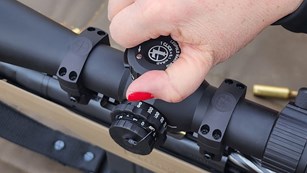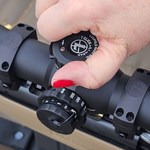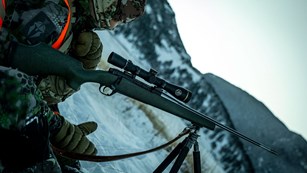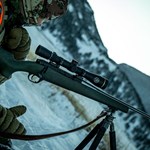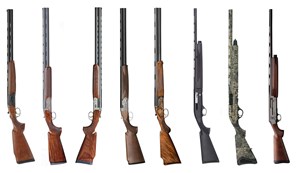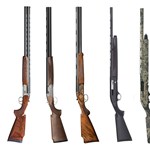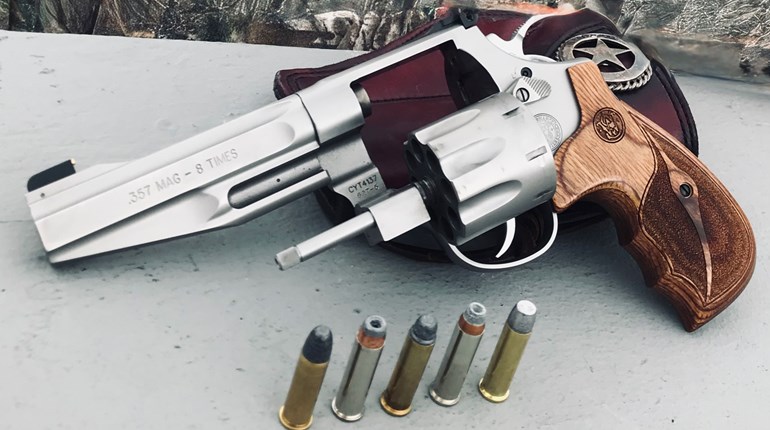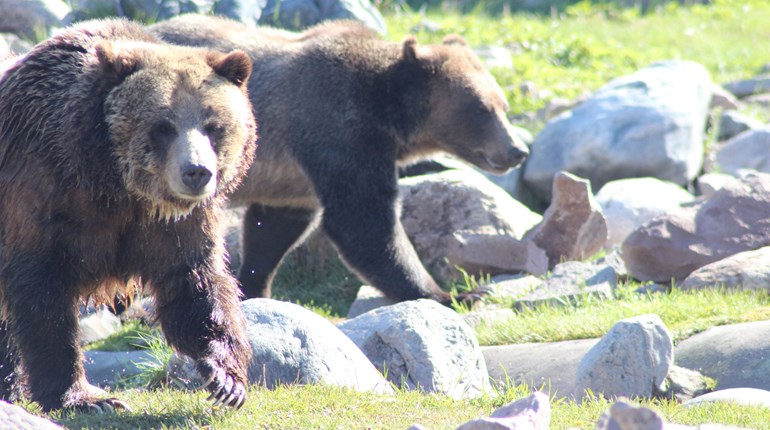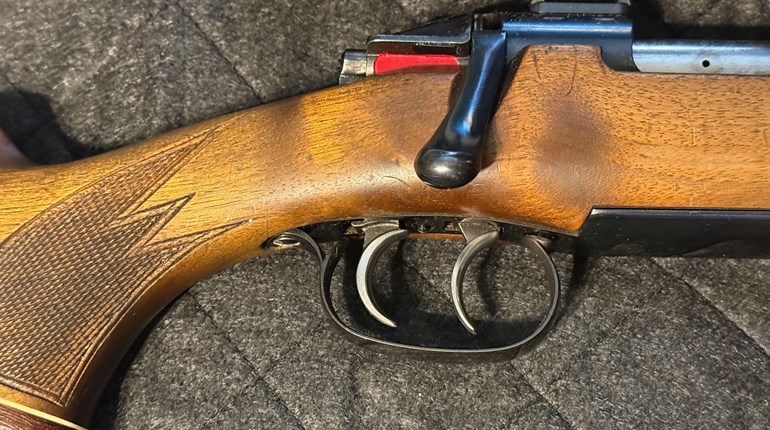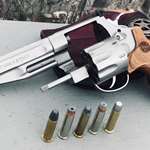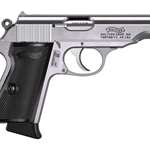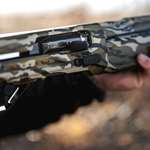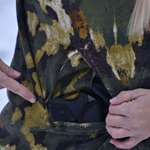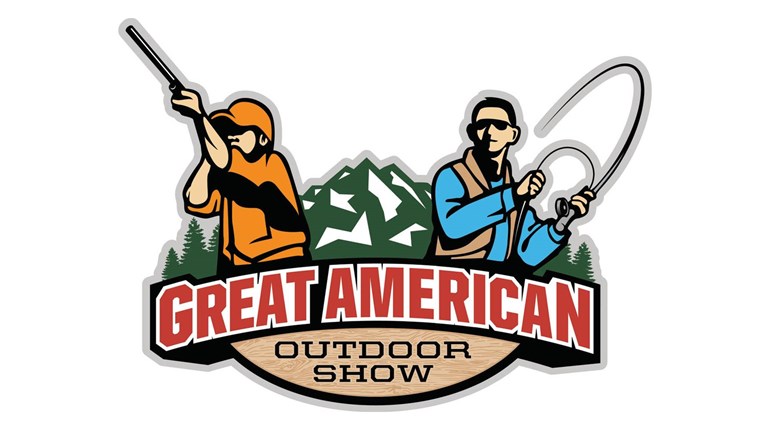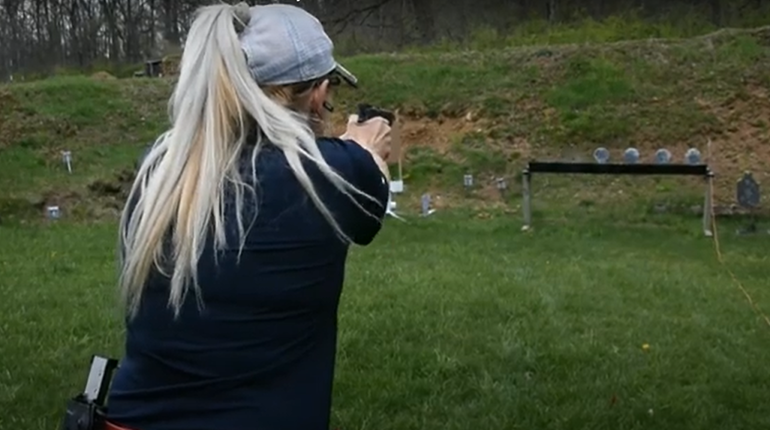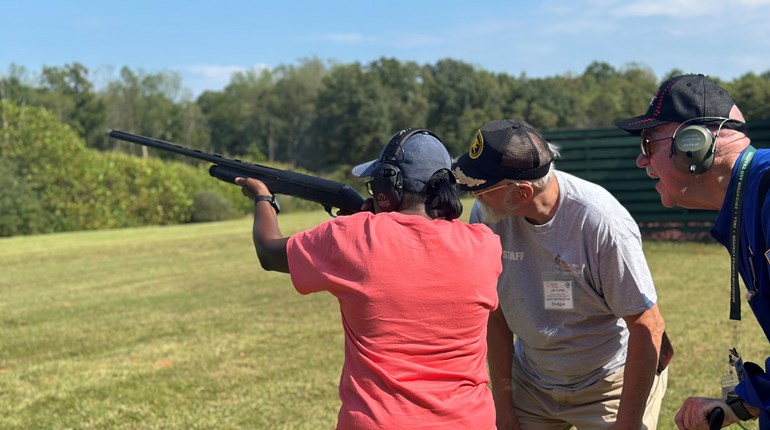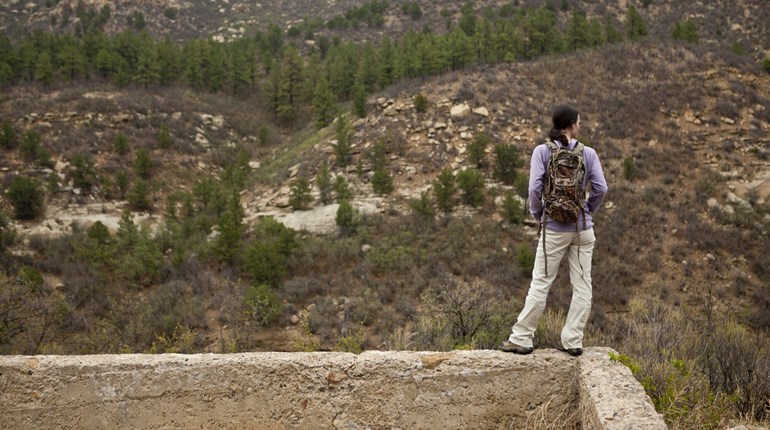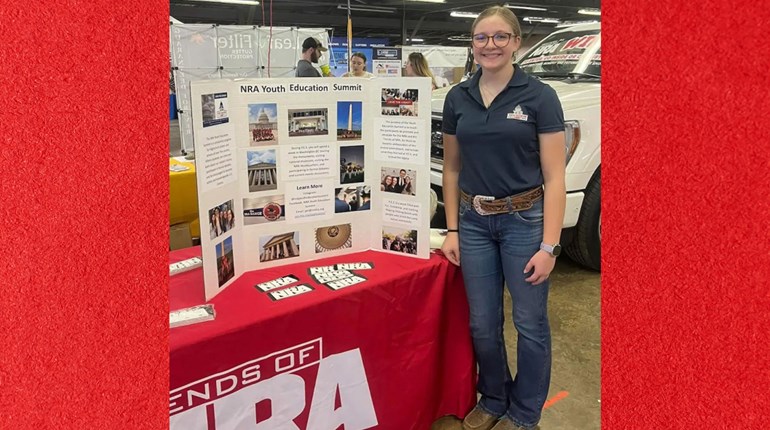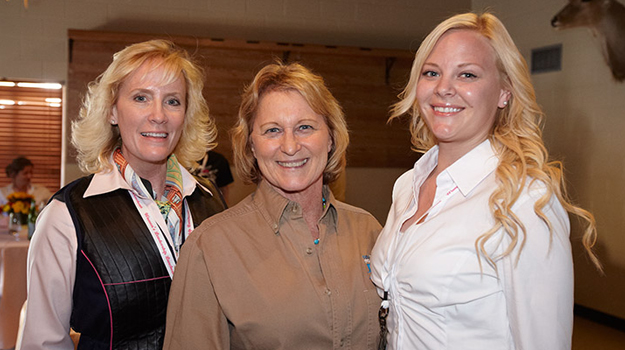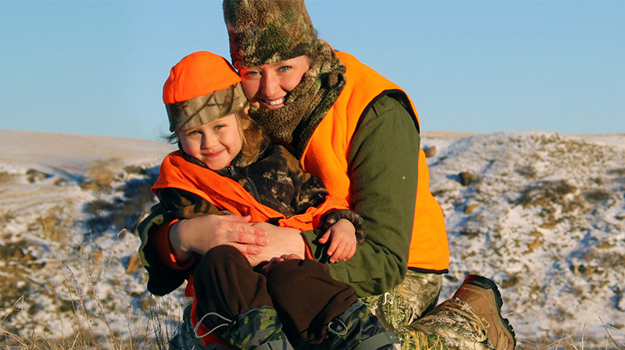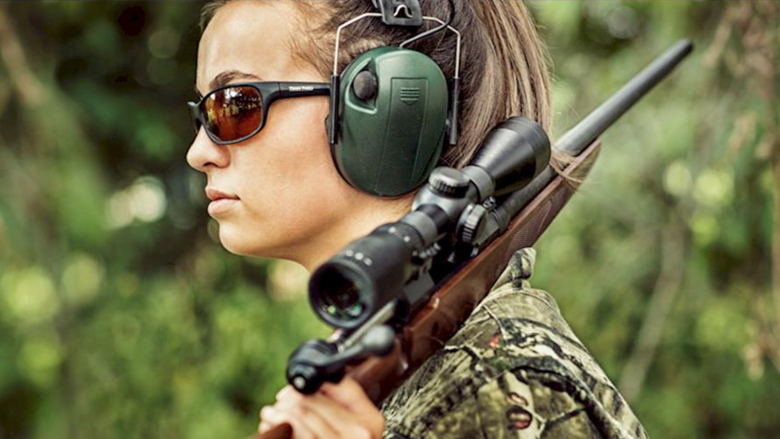
Getting hired by the Texas Parks & Wildlife Department immediately after college gave me a unique job resume. I oversaw the Hunter Education Program across southeast Texas. It required job skills that most young people, especially women, usually never learn. Along with providing resources and supervising the volunteers who teach the Texas Hunter Education classes, I was tasked with instructing and coaching individuals how to shoot, as well as being a hunting guide and mentor for both youth and adult hunters.
These skills help me as an NRA Training Counselor when I am conducting one of the various NRA Firearms Training courses. During our introductions, I like to tell my students that the skills I learned as a Texas Parks and Wildlife Training Specialist are a benefit to them because I have learned many “tricks of the trade” to help them become better marksmen, and that is the good news for them. I then like to jokingly follow up with, “The bad part for me is that I have no other marketable skills!”
One of the most unique techniques that I have learned and continue to use during the rut when guiding white-tailed deer hunters, is the “art of rattling” — knowing when, where and how to draw in a whitetail deer, both bucks and does. If done correctly, you will fill your tag. If done incorrectly, you will let every deer in three counties know a rookie rattler is in the field!
In Texas, antlers are often referred to as “horns” and the hunters who rattle are often referred to as “rattlers.”

History
The history of rattling has Texas roots. Rattling was first used in the late 1800s and early 1900s during the time of market hunting. The discovery came when market hunters went afield to shoot whitetail deer to sell to the local markets. As the deer were harvested, they were field dressed and loaded into the back of horse-drawn wagons.
As the wagon bounced along the crude, rough “roads” that led back to town, the drivers noticed white-tailed deer would come out of the brush and look towards the wagon as it went by. It turned out that as the wagon bounced along the road, the antlers of the bucks were hitting each other with each bump.
This gave the market hunters an idea. If they rattled antlers, they could take more deer. This stayed a “trade” secret until about 1951. In 1951, Outdoor Life magazine ran a story written by Hart Stilwell and illustrated by Robert G. Doares. This article introduced the technique of rattling up deer to hunters across the country.
To understand rattling, you must know the why, what, when, where and how of this Texas style of hunting.
Why
Rattling brings in deer during mating season. During the rut, bucks get greedy and want all the does to themselves. Additionally, during the rut, does want to be bred by the biggest and baddest bucks in the woods! So, rattling does not only bring in the bucks, but also brings in does.
During the rut, bucks get very aggressive and territorial because the dominant bucks want all the does to themselves, and the young bucks try to steal a few does away. When you rattle, you are telling a dominant buck that there are other bucks in their territory. You are also letting the does know there are eligible bachelors in the area.
This brings the bucks in to challenge any other bucks in their territory and run them away. The does just want to make themselves available to the winner of the fight.
 What
What
What do you use to rattle up deer? The answer is simple: antlers. There are several types of rattles or “antlers” available—real antlers and man-made ones. Both are effective and used equally by hunters. I have used both styles with similar success.
Some prefer real antlers are preferred. I like a good pair of symmetrical antlers from a young six-point or eight-point deer with long tines. I think that antlers from a young, 2-year-old or 3-year-old deer make the best sound. Antlers from older deer tend to be denser and the sound does not travel as far.
Primos makes two great synthetic rattling systems. I have used both the Primos Fightin’ Horns and the Primos Big Bucks Rattling Bag. I have had great success in calling up bucks and does with both products. I have found that they are easier to carry into the field than natural antlers. The Fightin’ Horns are lighter than real antlers and the tines are rounded, so you do not have to worry about the antler points hanging up on clothing or packs. The Big Bucks Rattling Bags are the easiest to carry because they are compact and easily fit inside your pocket or hunting pack.

When
Rattling is not effective all the time during the hunting season. The best time to rattle is during the rut, which for most states, usually occurs in November. The best times to rattle are early mornings, sunrise to about 10:30 a.m., and late afternoon to evening, 1½ hours before sundown to sunset.
Cool calm days are the best conditions for rattling. Light to windless times are ideal, because the sounds of rattling can travel further. It also lets the hunter hear if a deer is responding and coming towards your position.
Where
Your set up is almost as important as your technique. An ideal position would be downwind at a feeding area, or on the trail leading from the feeding area to the bedding area. Use the natural cover in the area to conceal your position. It is always best to rattle at ground level because if you are in an elevated blind or tree stand, the rattling sound will come in from above. You also cannot use the ground or surrounding brush in your rattling if you are elevated.
Decoy deer are very effective to bring deer out of the security of cover when you are rattling. You can also use existing deer blinds as decoys. Deer seem to always keep an eye on a deer blind, regardless of how long it has been there. By setting up in the brush, a deer might overlook your position by keeping an eye on the blind instead.
How
Technique is by far the most important part of rattling. A rattling session should not last longer than two to three minutes at a time. It can be repeated every 20 to 30 minutes. Rattling should start out soft and increase in intensity and aggressiveness.
Start your rattling session by lightly tapping the main beam points, simulating two bucks “establishing the rules of the fight.” After a few taps, aggressively smash the antlers together several times. In between “clashes,” leave the antler intertwined and grind them together, simulating two bucks locked up shoving each other back and forth.
Periodically, take one of the antlers, with the tines pointed up, and slam the main beam on the ground. This simulates a fighting buck stomping the ground with one of its front legs. Also, in between clashes, rake the antler tines on surrounding brush. This simulates the bucks fighting and moving through brush.
Stay Alert
Once you start rattling, stay alert! Bucks may come crashing through the woods looking for a fight that you have just initiated. Does may come in fast to catch the eye of the winner. Both bucks and does may also come in slowly and cautiously. The only thing you may see that may give them away is a flickering tail or ear, or the shine off the deer’s nose. Always remember that once you start rattling, a deer can appear at any time.
Rattling adds another level of excitement to deer hunting. Learning new techniques and types of hunting is what hunters do. It is more than just filling the freezer. It is about becoming an all-around better hunter and improving your techniques and style. If you are not easily rattled, rattling up a deer this year is just might be what you need.




